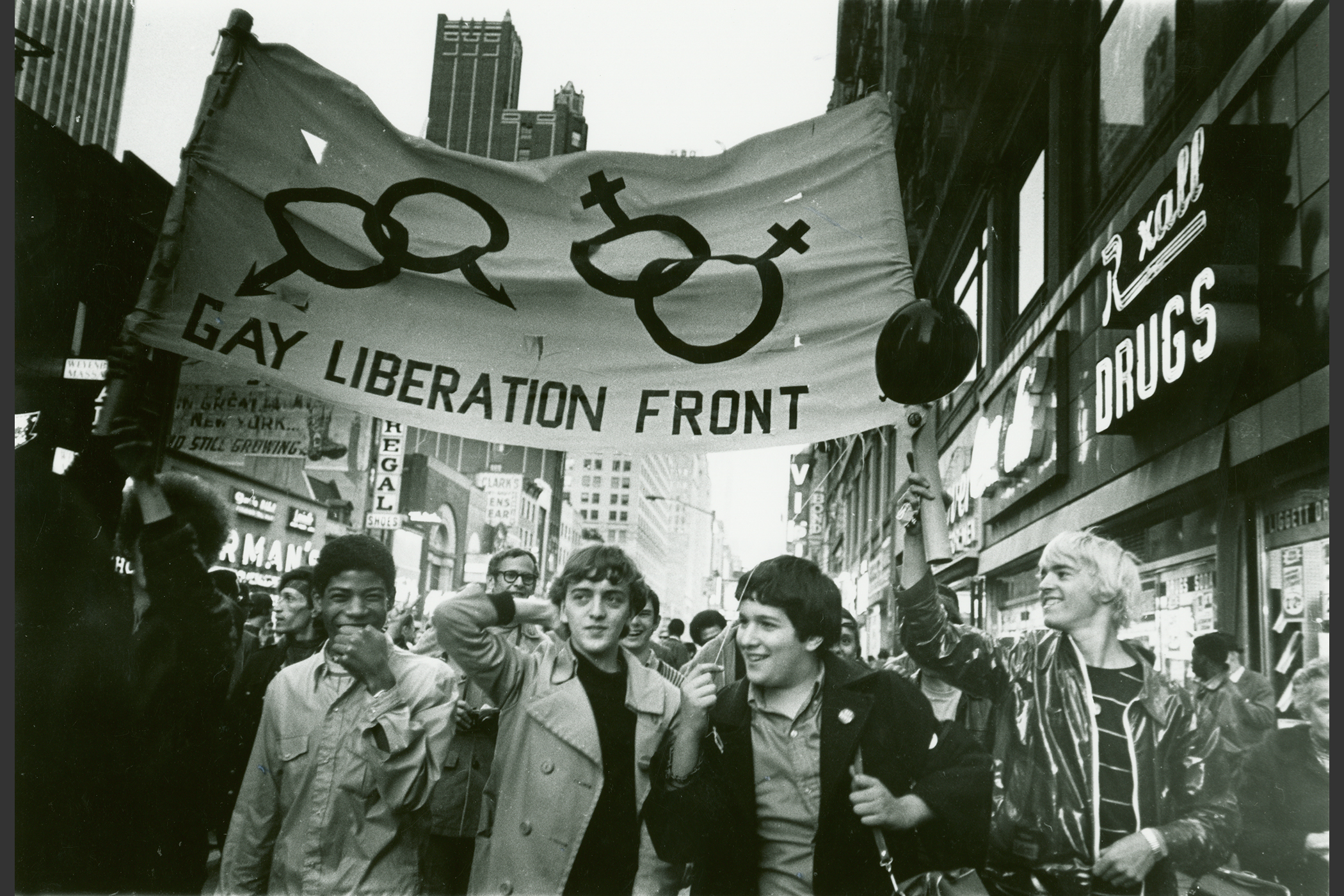
The above image is of a soldier playing a piano in the middle of the woods. It wasn’t planned or staged, just taken when it occurred. The main elements of this photo are the location, piano, and soldier that work together to argue that society tends to forget about the humanity of soldiers.
The setting plays a role in the impact of the photo. The background is a wooded area that gives off bleak and desolate vibes. The gloomy lighting also adds to the somber effects. This puts the audience in a solemn mood as they look at the image and influences how they perceive the soldier and piano in the foreground.
The piano in the image is alone in the woods, which is strange. It was most likely abandoned by someone who had to flee and leave it behind due to the war. How many nights were spent perfecting one piece of music? How many memories were made playing the piano with a loved one? The stark contrast of the out-of-place piano with the background makes the audience question where it came from, why it is there, and wonder about all of the history that it holds that is now lost.
In the photo, there is a soldier playing a piano in the middle of the woods. This surprises the audience because one usually only sees pictures of soldiers fighting on the battlefield. Because of this homogeneous way of depicting soldiers, everyone tends to forget that soldiers are more than just war vessels; they are people too with lives beyond the war. Did this man play piano before being sent off to war? Was he a musician? Did he want to play the piano for a living? Soldiers are ordinary people with depth, but no one can see past the uniform. This image breaks that trend and forces the audience to look and think past the exterior.
The image argues that war makes people tend to forget about what matters most to them. It does this by forcing the audience to realize that they perceive the two elements in the same way. The abandoned piano with the forgotten history symbolizes soldiers lost at war. Men and women are sent off to fight for their country and die as war vessels, not people. Soldiers perish and accumulate on the battlefield, nameless, and their past lives are forgotten. Just like the piano, war makes us forget about the things that used to be important to us. This should haunt people, but because it is war the action is seen as excusable, and people can go on with their lives. The image attempts to fight this reasoning by reminding the audience that soldiers are humans too.





